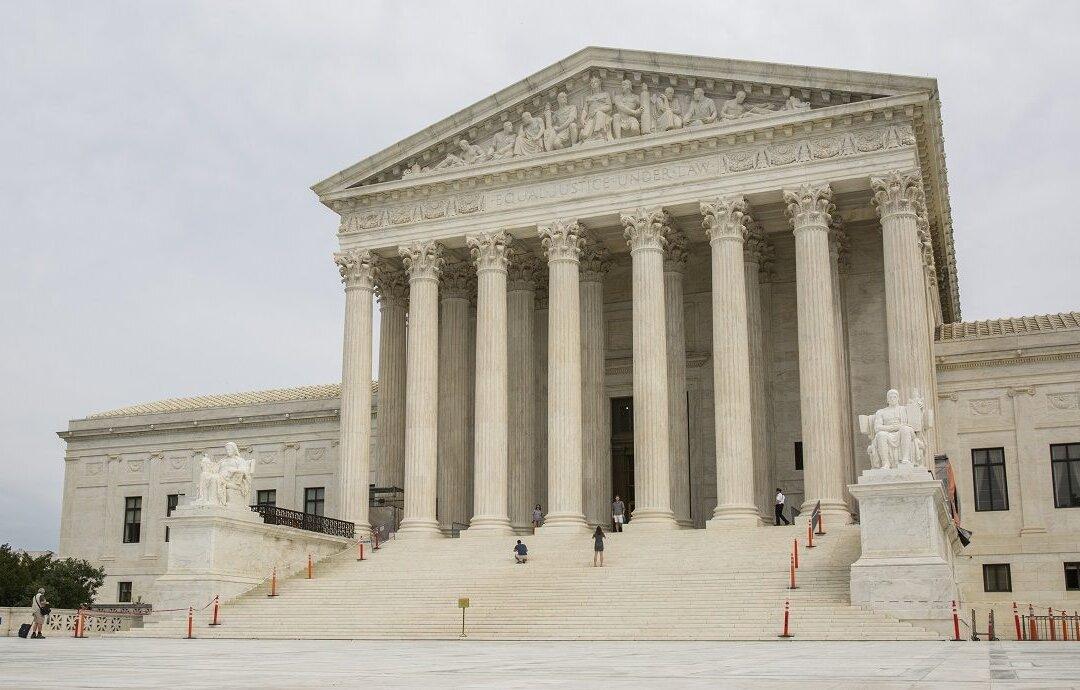The Supreme Court has allowed the Trump administration to enforce its policy to restrict transgender people from serving in the military nationwide, while several lower court challenges continue.
The court granted the Justice department’s request on Jan. 22, to reverse the orders (pdf) made in the lower courts to block the Pentagon from proceeding with the ban. The justices split 5-4 based on ideological lines with the court’s five conservatives, including Justice Brett Kavanaugh, greenlighting Trump’s plan while its four liberal members—Justices Ruth Bader Ginsburg, Stephen Breyer, Sonia Sotomayor, and Elena Kagan—objected to allowing the ban to go ahead.




